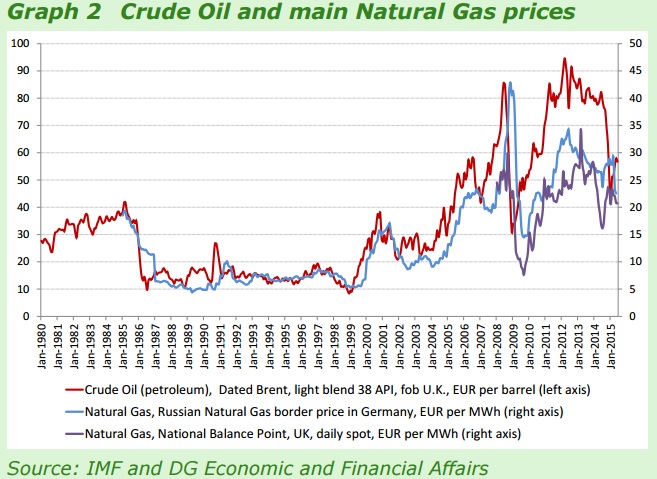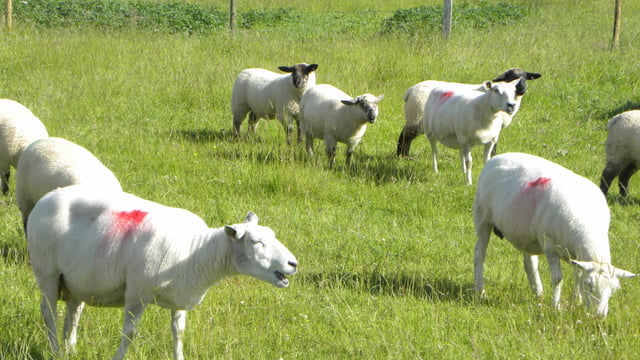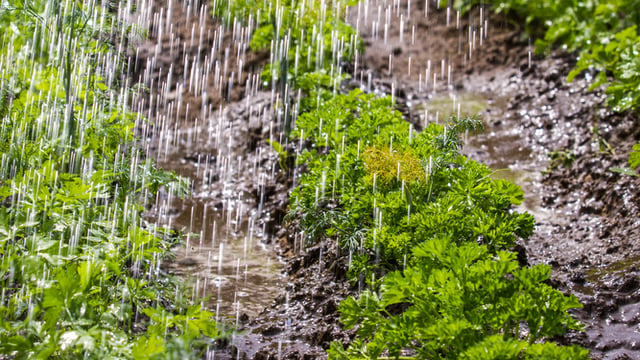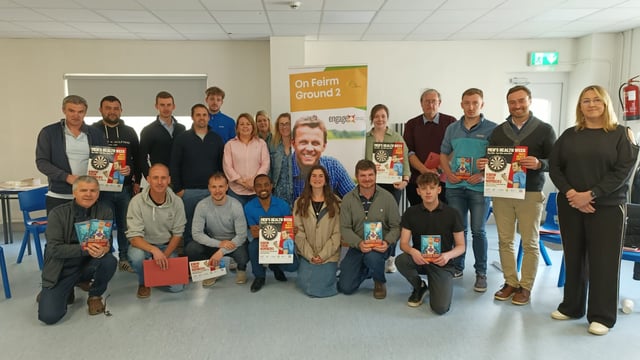Purchasing groups make 'huge' fertiliser savings as EU prices remain high
Despite oil prices falling significantly in early 2015, fertiliser prices remain stubbornly high in the EU and the European Commission says natural gas price movements are to blame.
Despite this, the IFA says a very significant price gap developed this year between quotes to individuals and purchasing groups.
In its latest short term outlook for the sector the European Commission said EU prices for nitrogen fertiliser are mainly linked to natural gas (main production cost) rather than to oil prices.
It said a closer look at natural gas price developments relative to oil prices shows that, in particular for the Russian gas, there is a time lag between oil and natural gas price movements.
This is clearly visible in the 2008 price spike, it said.
Furthermore, the different price developments for natural gas of Russian origin (supplying mainly the Centre-East Europe, and mainly indexed on oil price) compared to the one from the North Sea (supplying North-Western EU Member States).
The graph below shows also that the average price of Russian gas decreased only in the recent months (-20% in April 2015 compared to the previous month).
Prices of Russian natural gas remain however close to last year’s levels. On the other hand the price of gas from Norway and other North Sea suppliers in recent years showed a different development, almost completely disconnected from oil prices.
The Commission says because of partial substitution between energy sources, lower oil prices should ultimately lead to lower natural gas prices, even though past developments indicate that this may take time and can be partially transmitted.
It added that since natural gas is the main input to produce nitrogenous fertiliser in the EU, this should lead over time to lower production costs for the EU fertilizers industry and ultimately lower fertilisers prices.





